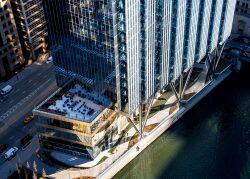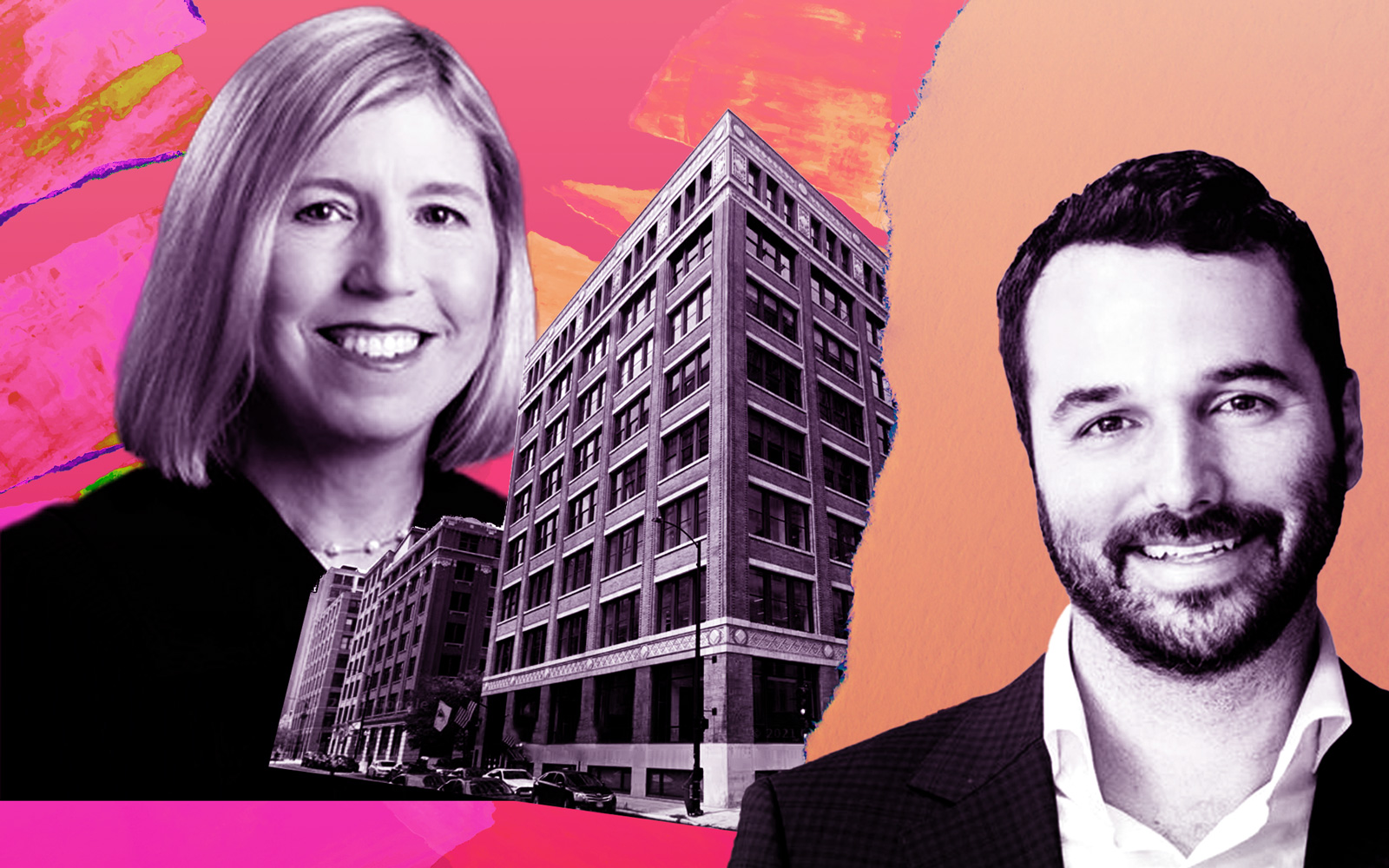With traditional office buildings plagued by record high vacancies amid the remote-work era and market turbulence from multiple headwinds, co-working spaces are starting to proliferate beyond downtown and into Chicago’s neighborhood retail markets and suburbs.
Co-working spaces shared by multiple companies and overseen by a communal manager that handles and collects each tenant’s rent are popping up in unlikely places, including suburban shopping centers, apartment buildings and even a health club in River North, the Chicago Tribune reported.
While demand for traditional office space in the city remains low, hybrid work has become more common, leading to a surge in co-working spaces.
“We’re converting empty shops, we’re doing warehouses, we’re doing office buildings, we’re doing apartment blocks,” Mark Dixon, CEO of Switzerland-based co-working provider IWG told the outlet. “For us, it’s a period of super-high growth.”
Early this year, IWG announced plans for four new Illinois co-working locations, including three in the Chicago area. Those will be at the southeastern edge of Bucktown at 1918 North Mendell Street; in West Town along a retail corridor at 1200 North Ashland Avenue; and in the northwest suburb of Algonquin, at 1452 Merchant Drive.
The Chicago area has the fourth-highest amount of co-working space in the country, with 234 locations totaling 6.29 million square feet. At the end of June, there were 6,163 co-working spaces across the nation, marking a 10 percent increase year-over-year.
Co-working has surged in popularity due to its inherent flexibility. Companies can gather several times a week in a shared space, without bearing the burden of high rental and maintenance costs. Plus, most co-working spaces offer essential amenities, such as lounge areas, office supplies, conference rooms and coffee machines.
BIAN, a $15 million private wellness club at 600 West Chicago Avenue in River North, has taken the concept to the next level. In June, it added a 9,000-square-foot co-working space for its members, BIAN CEO Joe Fisher told the outlet. That’s more than a third of the entire building.
“We did not design BIAN to be hybrid co-working space,” Fisher told the outlet. “But as the world changed, what we saw was everyone using our lounge to co-work. They didn’t want to be at a Starbucks if you were a member of BIAN.”
— Quinn Donoghue
Read more



